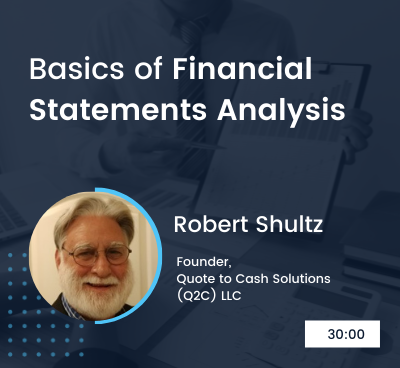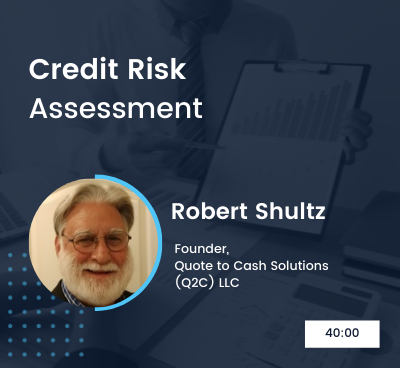|
Every customer is different and so is their financial story.
We cannot estimate risks associated with customers by using just simple maths. Credit risk assessment requires a universe of considerations such as financial analysis, buyer’s history, public records, risk tolerance, and much more.
Without it, you might end up making bad credit decisions. To overcome this, you need to be proactive with credit decisions. And there's no better tool for that other than using financial analysis .
What will you learn? This course focuses on analyzing financial statements to understand the financial story using:
- Customer’s past trends to assess the ability to pay financial obligations.
- Project future scenarios such as base case, stress case and default case.
- Porter’s five forces model to determine weaknesses and strengths
- Cash drivers for enhanced credit assessment
Watch this complete financial statements analysis course to learn how to read and analyze a financial statement while exploring a wide variety of credit analysis techniques.

|





